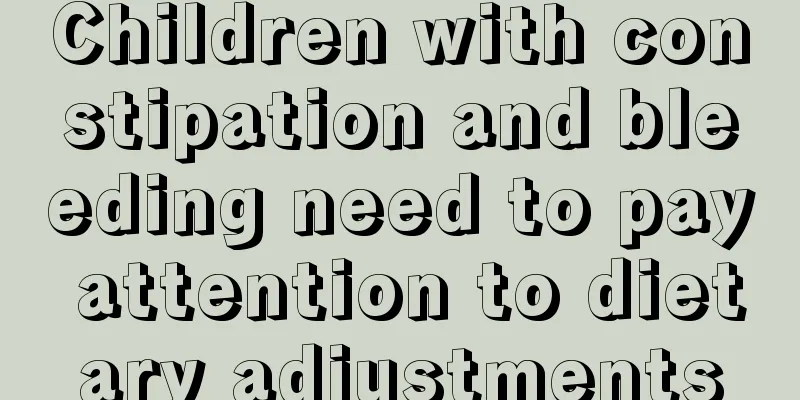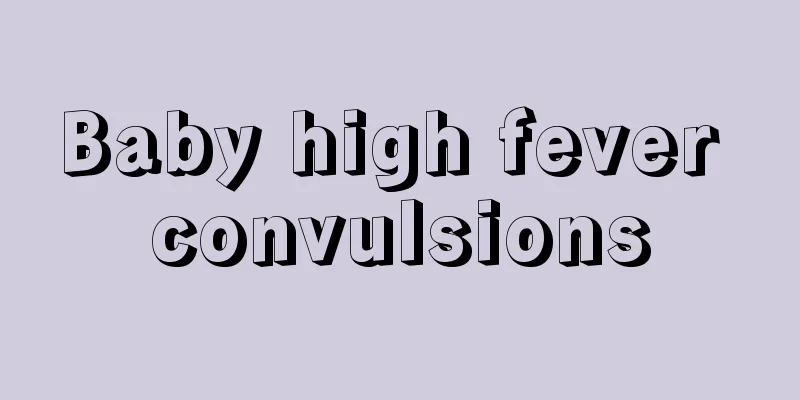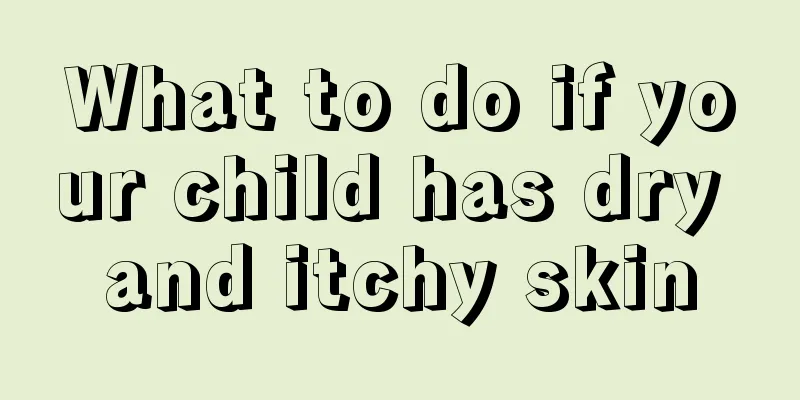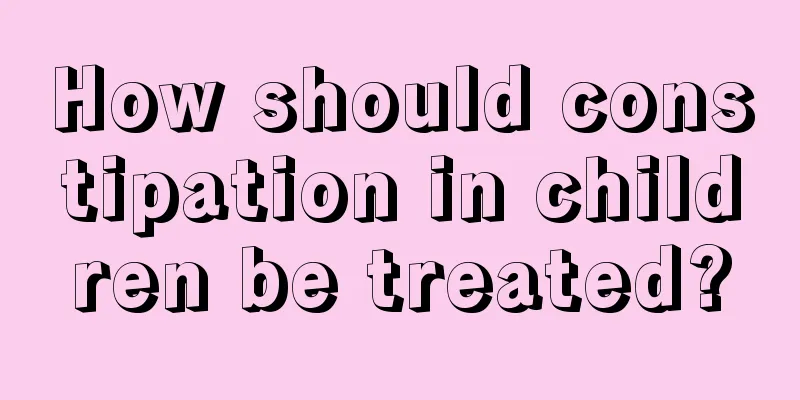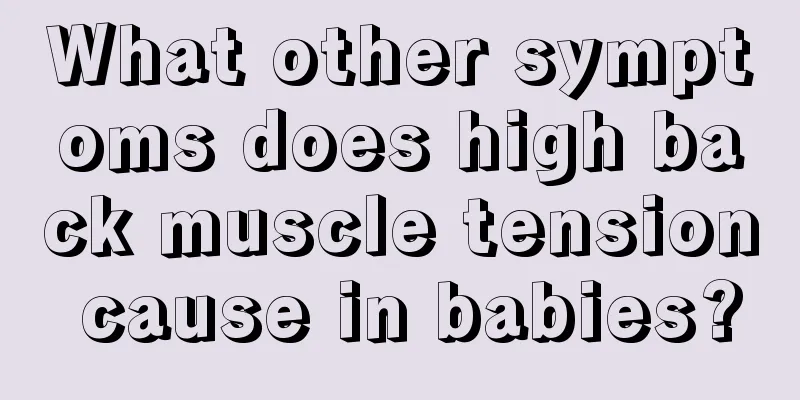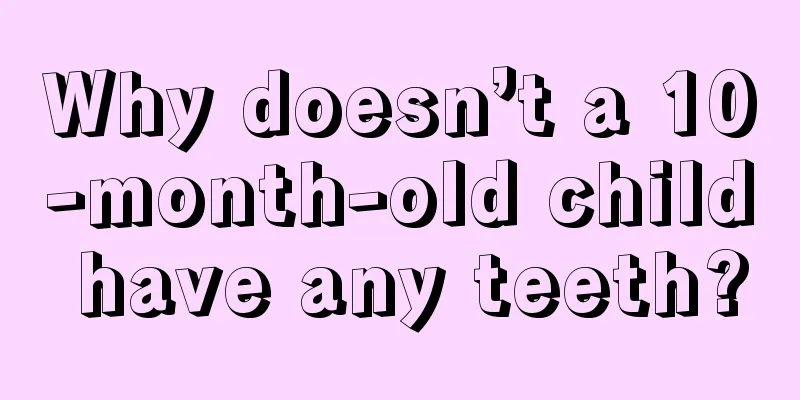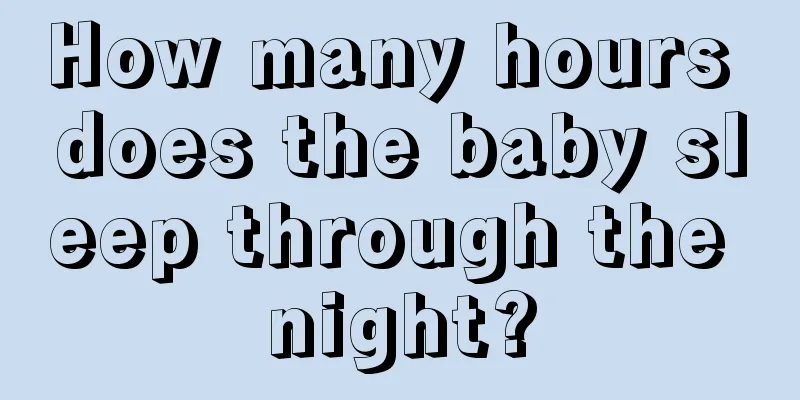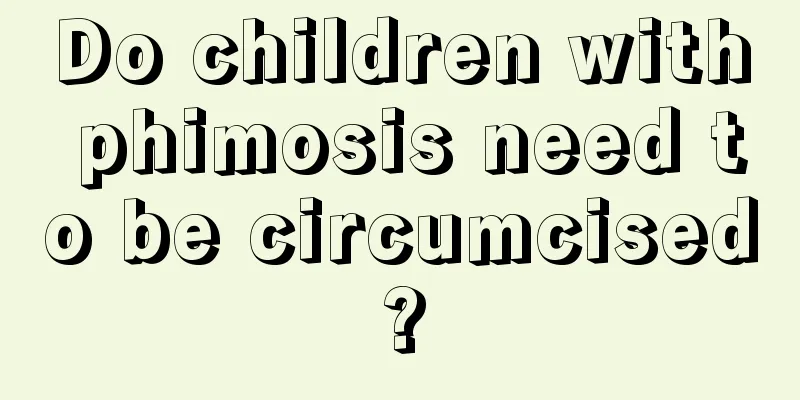Treatment of children's encephalitis, mothers must remember
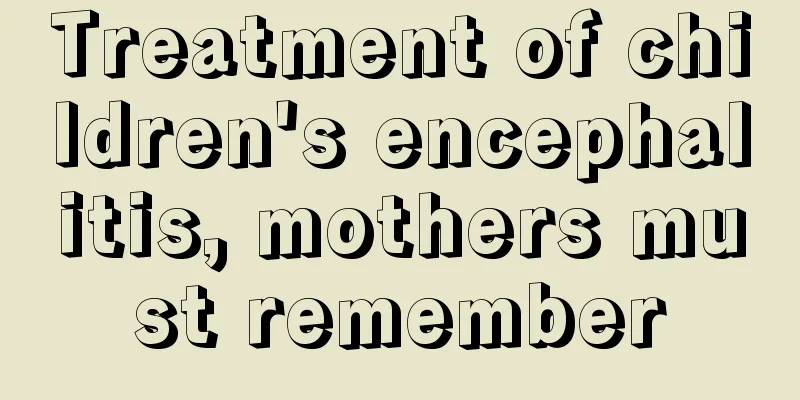
|
Childhood encephalitis is a pediatric disease with a relatively high incidence rate these days. It has attracted much attention from parents because of its significant impact on children's growth and development. So how should children be treated after suffering from encephalitis? In fact, children with encephalitis only need to be admitted to the hospital in time and receive symptomatic treatment. 1. Hospitalization General treatment: Children with encephalitis should be hospitalized. After hospitalization, closely observe changes in consciousness and pay attention to changes in body temperature, pulse, respiration and blood pressure. Keep an eye on pupil size at all times. Once changes occur, symptomatic treatment should be given. Pay attention to nutrition and calorie supplementation. Comatose patients can be given nasogastric feeding. Patients with frequent convulsions should receive intravenous fluids at a rate of 50-0 ml/kg per day. When using dehydrating agents, pay attention to supplementing potassium salts. Comatose patients should be turned over frequently to keep their skin clean and dry to prevent bedsores. Keep your mouth clean. Comatose patients who cannot close their eyes should protect their eyes, pay attention to cleanliness and protect their corneas. Children with convulsions should be prevented from biting their tongue and from having the root of the tongue fall back and block the airway. 2. Symptomatic treatment 1. When the fever is high, lower the room temperature (control it at 26-28℃). Physical cooling of the patient can be performed by applying alcohol rub, warm water bath or placing ice packs. Analgin can be used with nasal drops or intramuscular injection of Bupleurum. If the fever persists or is accompanied by convulsions, sub-hibernation therapy can be used (chlorpromazine and promethazine 0.5-1 mg/kg each time, intramuscularly once every 4-6 hours. 2. Antispasmodics can be used to control convulsions, such as phenobarbital sodium 5-8 mg/(kg/time) intramuscular injection; diazepam 0.1-0.3 mg/(kg/time) intramuscular or intravenous injection, but it should not be used immediately after phenobarbital to prevent respiratory depression; chloral hydrate 40 mg/(kg/time) retention enema; paracetamol 0.15-0.2 ml/(kg/time) intramuscular injection, and the maximum dose should not exceed 5 ml. The above antispasmodics can be used in rotation once every 4 to 6 hours. In addition, if the convulsion is caused by cerebral edema, dehydration drugs should be given for treatment; if it is caused by blockage of respiratory secretions and insufficient ventilation resulting in brain cell hypoxia, sputum should be suctioned, oxygen should be given, and tracheotomy and pressurized respiration should be performed when necessary; if it is caused by high fever, cooling treatment should be given. 3. The treatment of respiratory failure should first analyze the cause of respiratory failure and take rescue measures. The airway must be kept open and oxygen must be given. Patients with respiratory failure due to brain parenchymal inflammation, cerebral edema, and brain herniation can use dehydrating agents, cortical hormones, respiratory stimulants, etc. (1) Keep the respiratory tract open and clear sputum blockage. Thoroughly aspirate the secretions at any time, turn over regularly, and pat the back. If the secretions are viscous, 0.5% chymotrypsin 0.1 mg/kg plus appropriate antibiotics can be used for nebulization inhalation, and oxygen can be supplied by nasal tube. For patients with frequent convulsions and possible suffocation, or possible respiratory arrest, or those with excessive secretions that are difficult to clear, or those with respiratory failure confirmed by blood gas analysis, or those with pneumonia, tracheotomy and even pressurized oxygen administration can be performed. (2) Central respiratory stimulants: They are more effective when used before spontaneous breathing stops. Lobeline is taken at 0.15-0.2 mg/kg each time, chloramine is taken at 5-12.5 mg/kg each time, and valsartan is taken at 2-6 mg each time. The above drugs can be used alternately and repeated every 4 to 6 hours if necessary. Be aware that overdose may cause convulsions. (3) Dehydrating agents: Dehydrating agents should be used immediately for children with intracranial hypertension or cerebral edema. Commonly used dehydrating agents are 20% mannitol 1.0-2.0g/kg each time, 25% sorbitol 1.0-2.0g/kg each time, 30% urea 0.5-1.0g/kg each time, and furosemide 1mg/kg each time. The above drugs should be dripped within 15 minutes to 1 hour and can be directly injected intravenously if necessary. Once every 4-6 hours, the treatment course is about 3 to 5 days. When using, attention should be paid to electrolyte imbalance, and the amount of fluid replacement should be about 70% of the required amount to maintain a mild dehydrated state. Attention should be paid to the rebound phenomenon after drug discontinuation. (4) Corticosteroids: They can be used in the early stages of the disease in children with severe encephalitis or whose condition cannot be estimated. Intravenous drip of hydrocortisone 5 mg/(kg/time), or dexamethasone 2.5-5-10 mg/(kg/time). The general course of treatment does not exceed 5-7 days. |
<<: How to treat polio-related muscular atrophy
>>: What are the symptoms of juvenile rheumatoid arthritis
Recommend
What to do if your baby has diarrhea at four and a half months old
When a baby over four months old has diarrhea, th...
How to detect jaundice in babies?
Babies may have jaundice when they are born, but ...
Why should jaundice be treated with blue light?
Once jaundice occurs, the best way to treat it is...
The difference between baby convulsions and shaking
Whether the baby is healthy or not is a topic of ...
Yellow water flowing from baby's ears
The most common phenomenon of yellow fluid flowin...
What is the appropriate height for a baby pillow?
You can't be so casual when using pillows for...
100-day-old baby's head is not stable
For couples who have just become parents, they wi...
Reasons why babies stretch
Many physical conditions of infants will not be m...
What should a 2-year-old child eat if he has a cough?
If a two-year-old child gets sick all the time, i...
What's the matter with the baby's ear rot?
As babies continue to grow, they are prone to som...
What are the symptoms of hernia in children?
Most people think that children are very weak whe...
The child's shoulders twitched
Many parents find some abnormal conditions in the...
What causes dizziness in a 12-year-old child?
In the pediatric department of all hospitals, the...
How do babies become good and not picky eaters?
Many parents are worried about their babies being...
What to do when a newborn only eats formula and not breast milk
In life, our newborns all need milk. But when bre...
